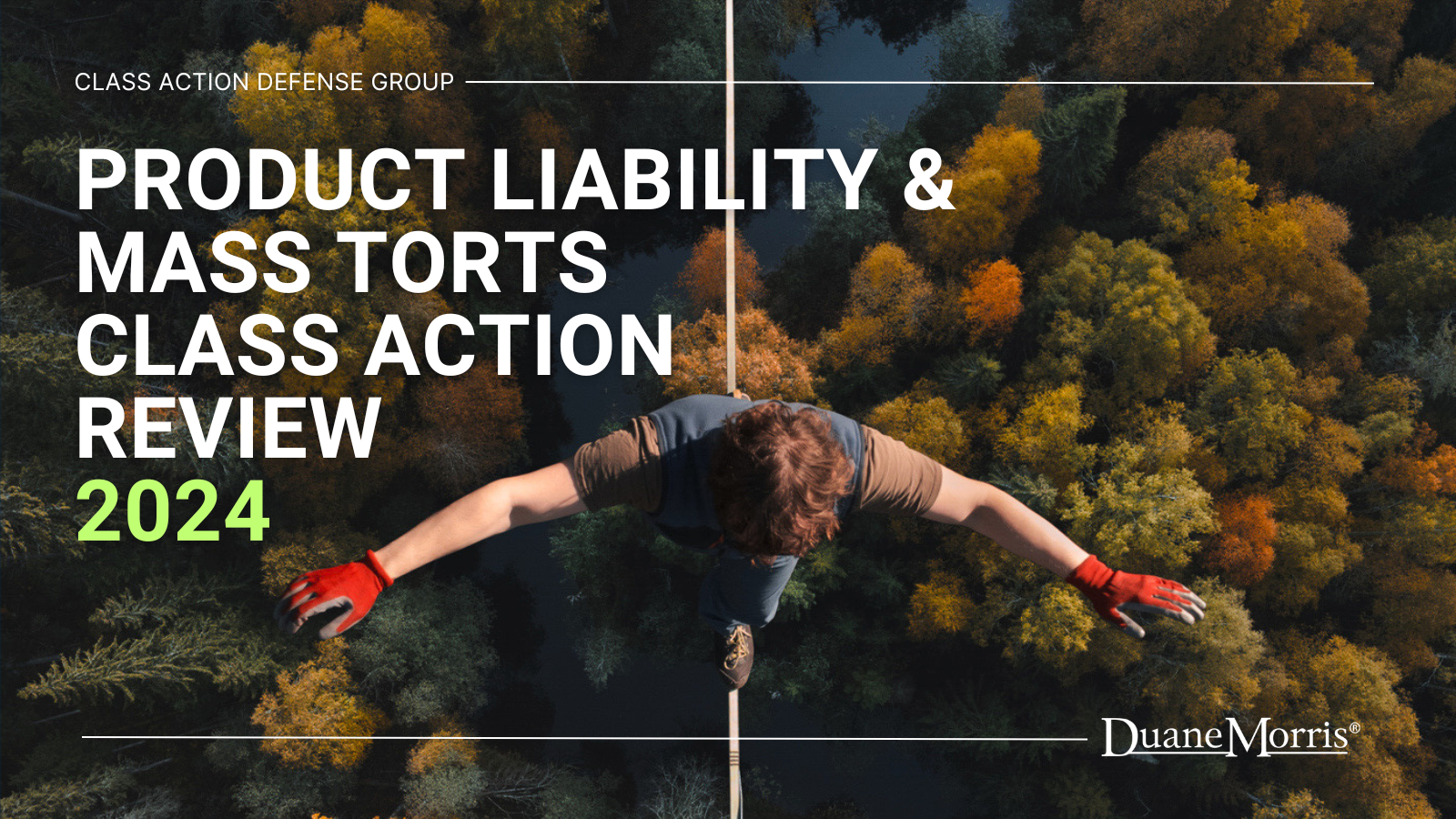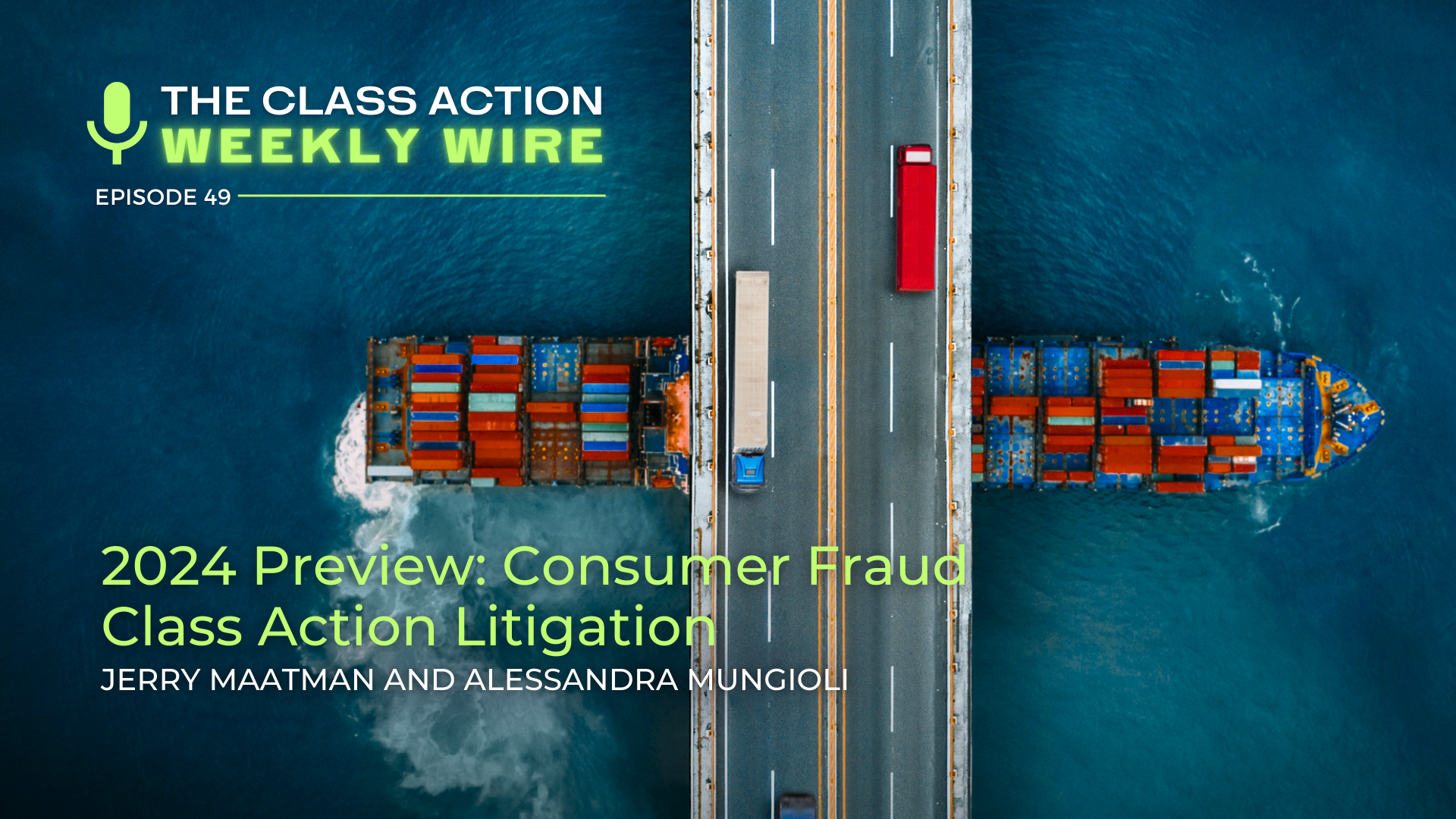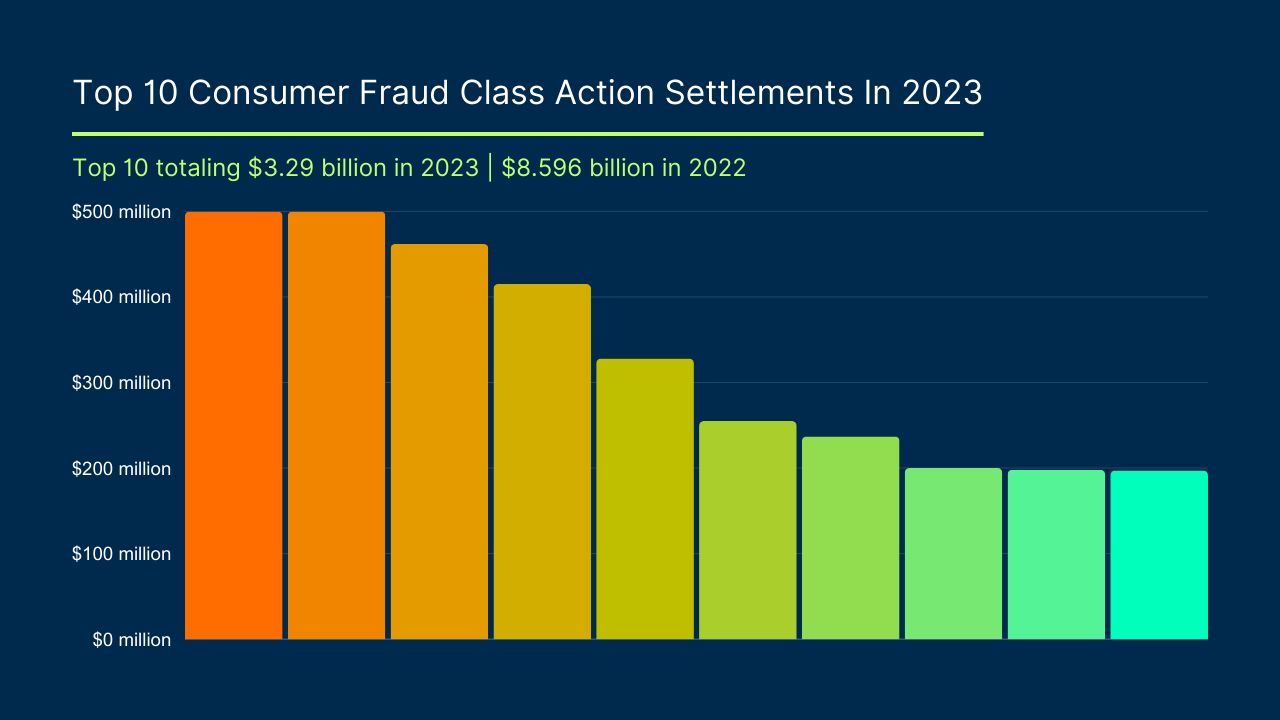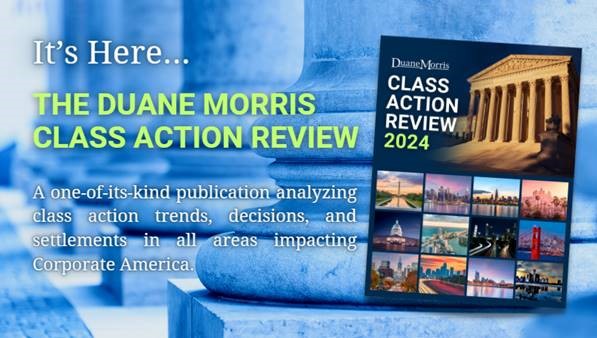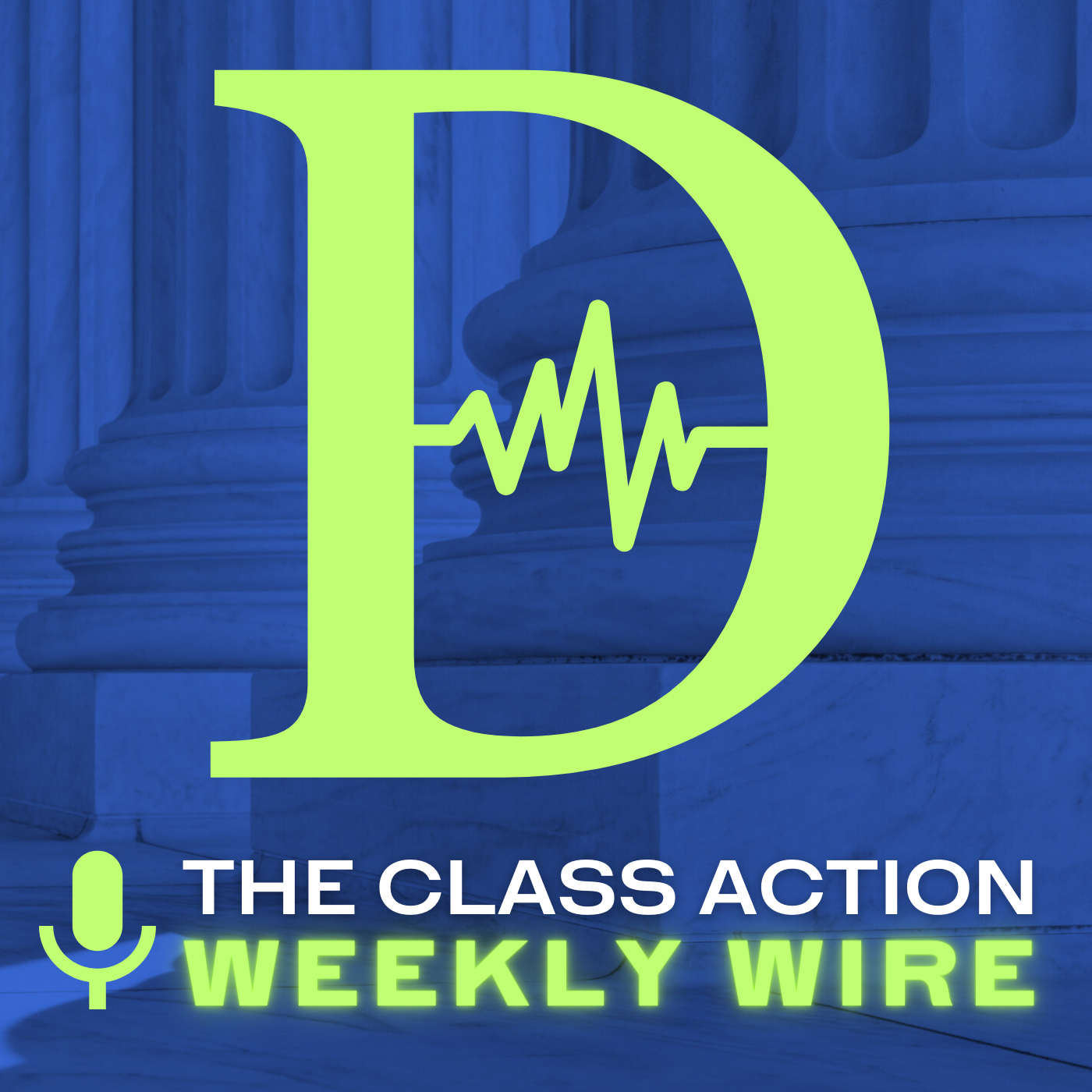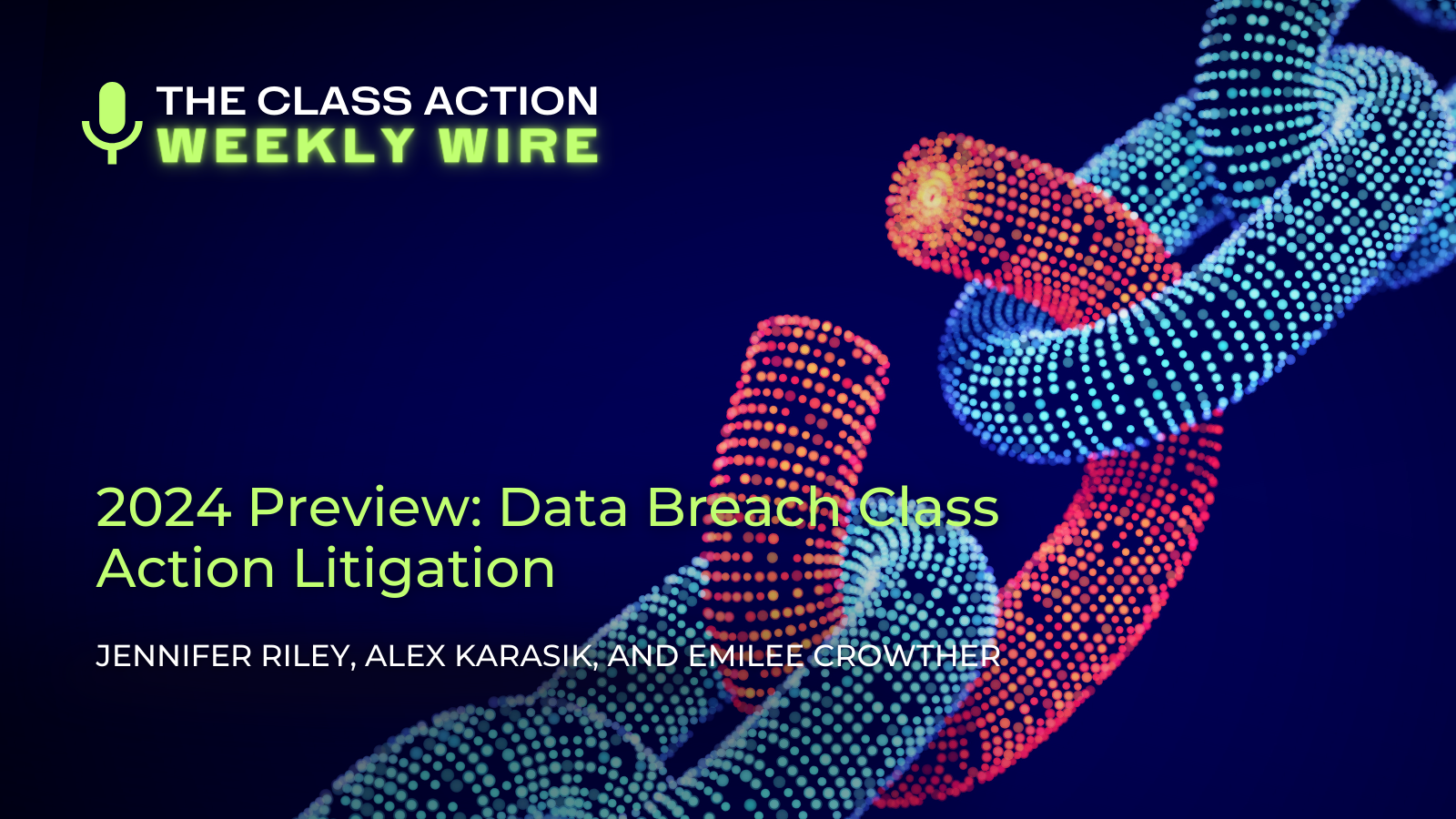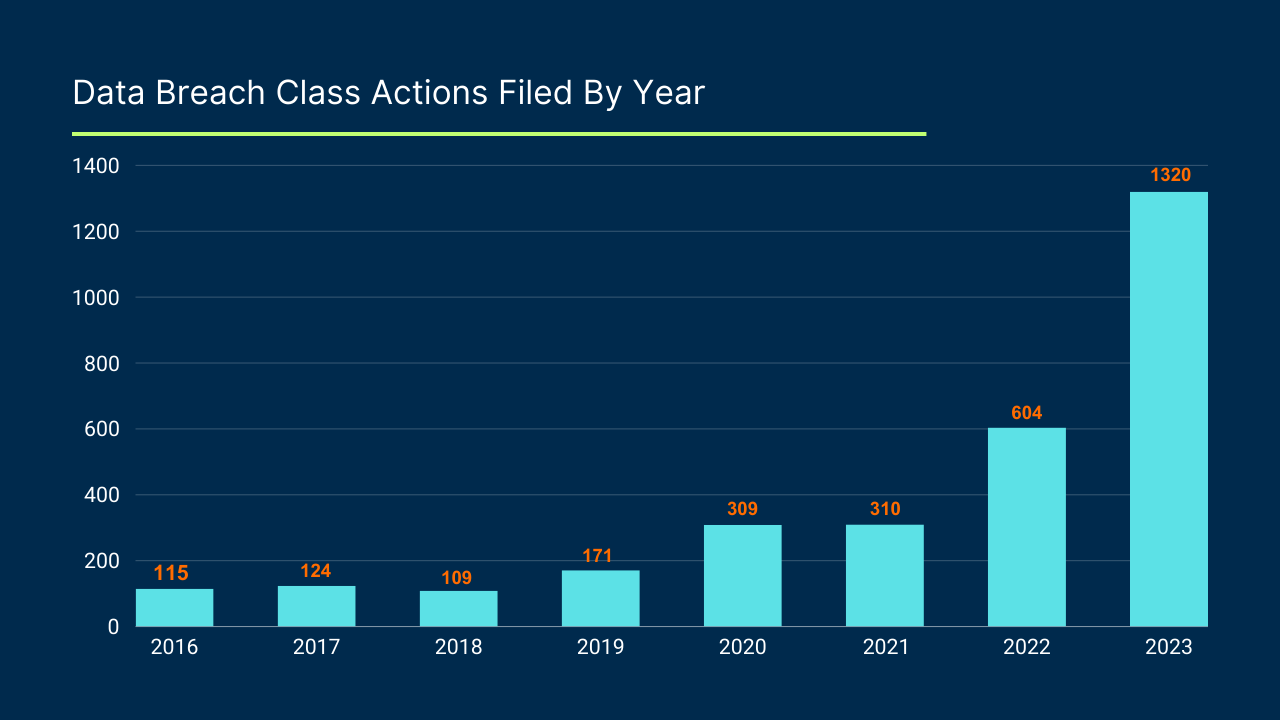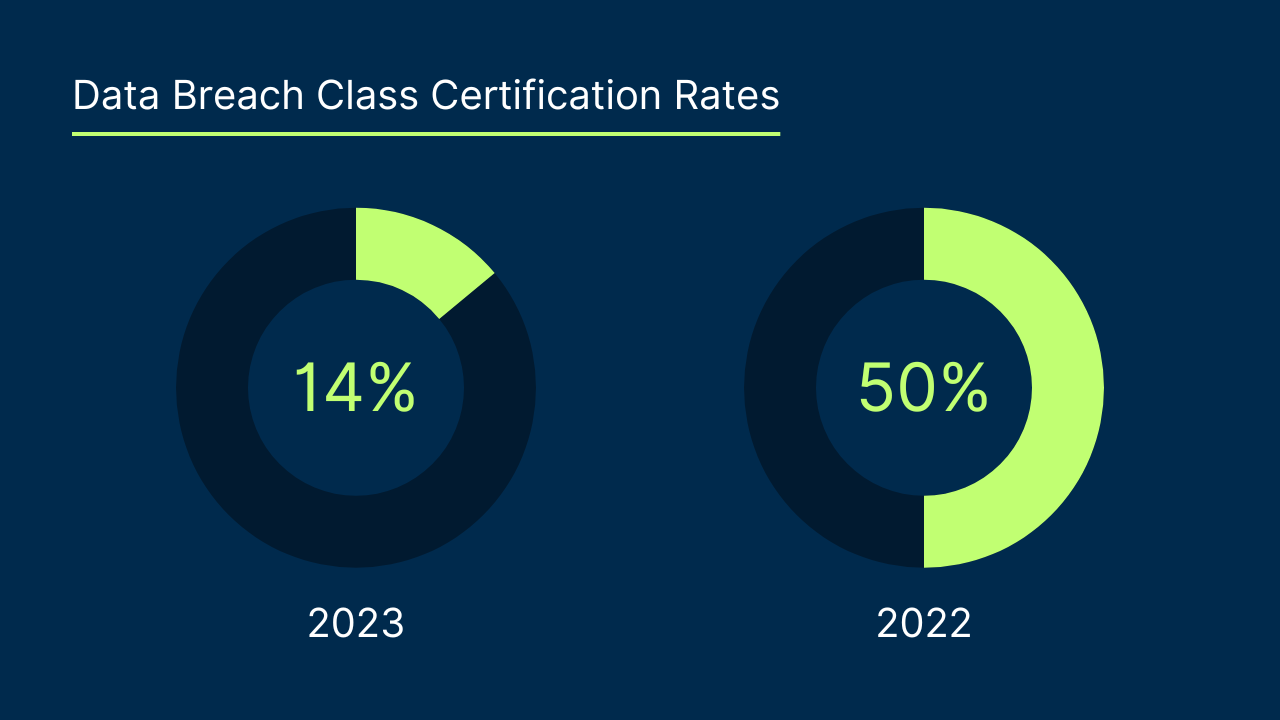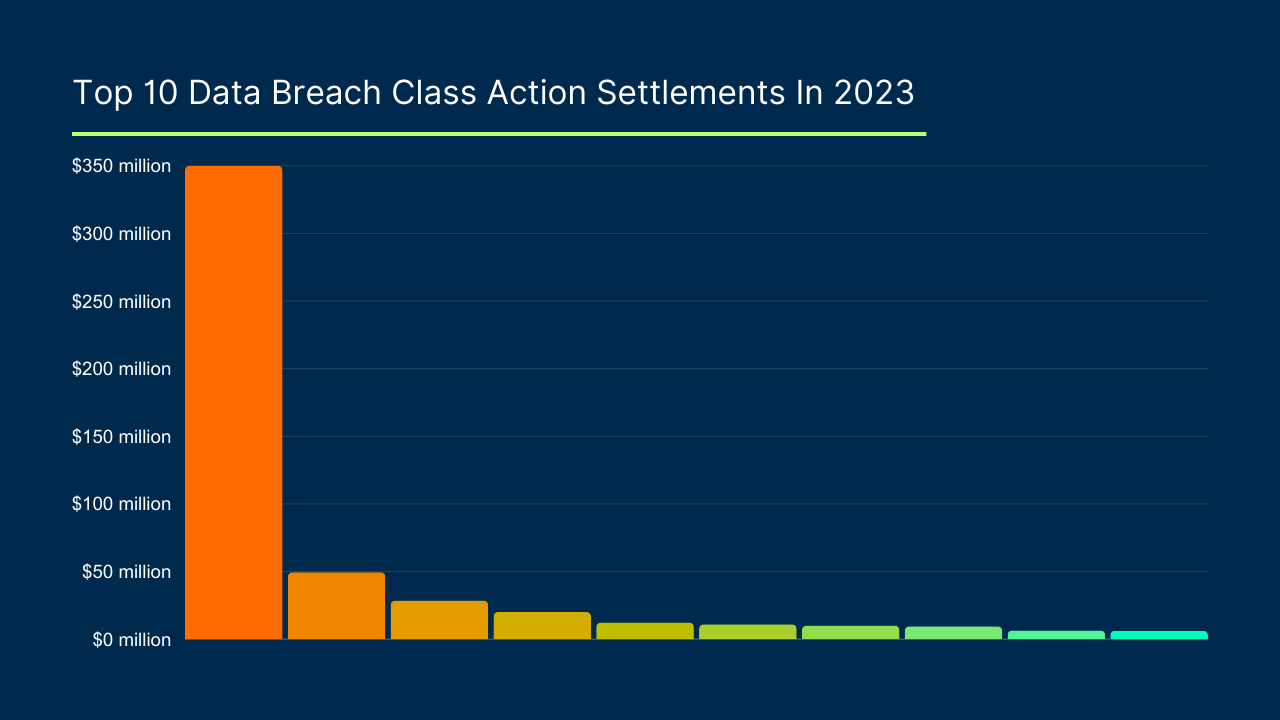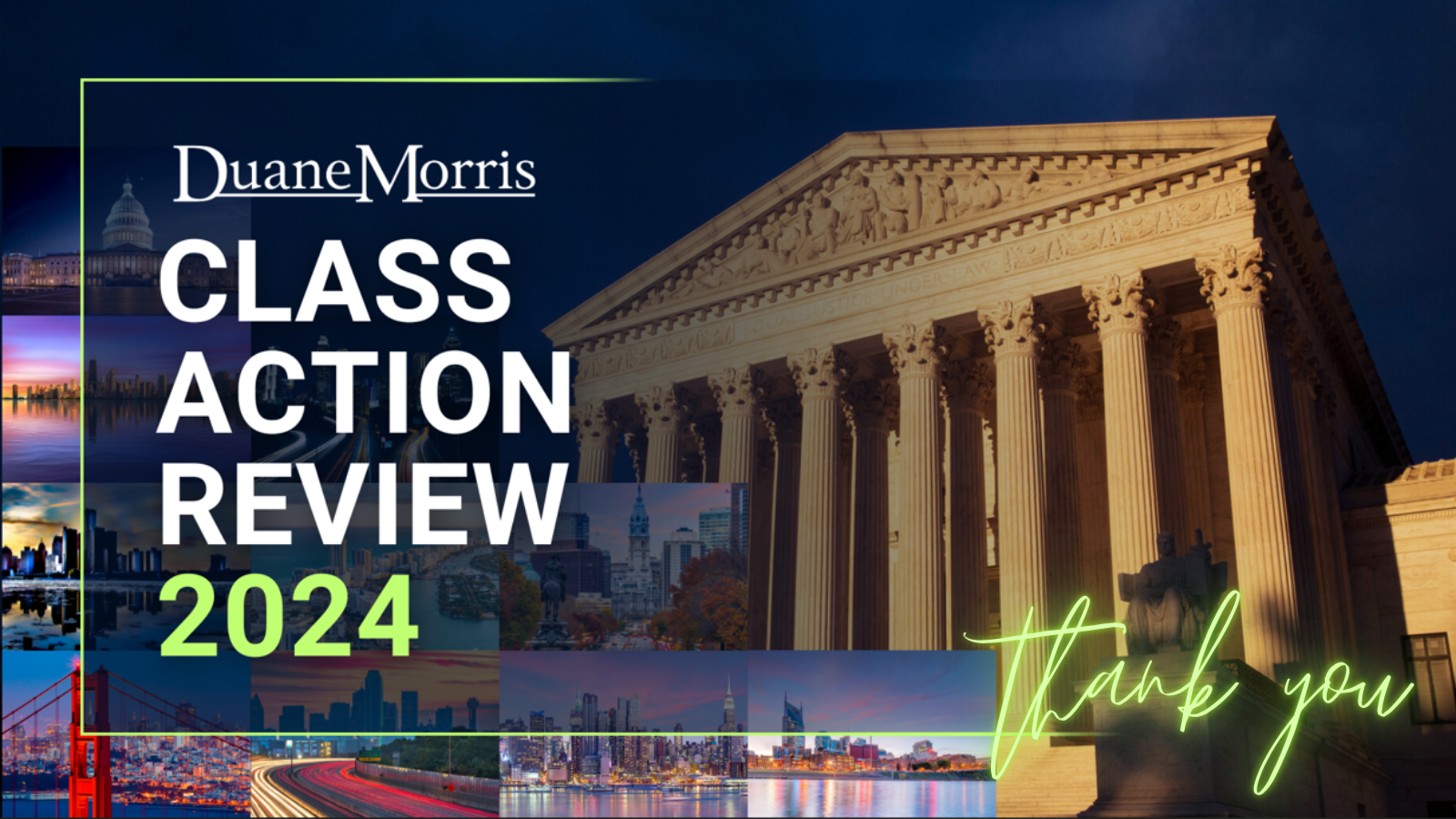 By Eden E. Anderson, Rebecca S. Bjork, and Gerald L. Maatman, Jr.
By Eden E. Anderson, Rebecca S. Bjork, and Gerald L. Maatman, Jr.
Duane Morris Takeaways: On April 10, 2024, the Ninth Circuit held in Fli-Lo Falcon, LLC v. Amazon.com, Case No. 22-35818 (9th Cir. Apr. 10, 2024), that business entities are not covered by the Federal Arbitration Act’s (“FAA”) transportation worker exemption. The Ninth Circuit stated, “[w]hile a natural person such as an independent contractor may be a transportation worker, a non-natural person such as a business entity that employs or contracts with transportation workers, is not.” Id. at 12. The Ninth Circuit’s opinion is a must read for companies seeking to solidify their arbitration programs and manage their litigation risks.
Case Background
The plaintiffs in Fli-Lo Falcon were delivery service partners (“DSPs”) that contracted with Amazon to deliver packages. To join the DSP program, an individual needed to first create a business entity. When plaintiffs filed a putative class action against Amazon, it sought to compel arbitration pursuant to an arbitration clause in the DSP agreements. The district court compelled arbitration and dismissed the case, and the Ninth Circuit affirmed.
The Basis Of The Ninth Circuit’s Decision
A critical issue in the case was whether the FAA’s transportation worker exemption applied to the plaintiffs. The Ninth Circuit held it did not because the transportation worker exemption “does not extend to business entities.” Id. at 12. The Ninth Circuit reasoned that the language of the exemption compelled this conclusion. Section 1 of the FAA provides that it “shall not apply to contracts of employment of seamen, railroad employees, or any other class of worker engaged in interstate commerce.” 9 U.S.C. § 1. Applying the statutory canon of construction ejusdem generis, which instructs that general words be construed to embrace only objects similar in nature to those objects specifically enumerated, the Ninth Circuit reasoned that the word “workers” in § 1 could not be construed to include a business entity, given the § 1’s earlier reference to “seamen” and “railroad employees.” Id. at 12. Thus, the Ninth Circuit opined that “[w]hile a natural person such as an independent contractor may be a transportation worker, a non-natural person such as a business entity that employs or contracts with transportation workers, is not.” Id.
Relatedly, the Ninth Circuit also held that “‘contracts of employment’ in the transportation worker exemption do not extend to commercial contracts.” Id. at 14. In reaching this conclusion, the Ninth Circuit cited the language of the transportation worker exemption, which exempts “contracts of employment of . . . any other class of workers.” The Ninth Circuit emphasized that, “for a contract to be a contract of employment covered by § 1, it must have a qualifying worker as one of the parties.” Id.
In a concurring opinion, Circuit Judge Holly Thomas disagreed that business entities can never be subject to the transportation worker exemption. Plaintiffs’ expressed concern that “companies could then contract around the FAA’s exemption by forcing their transportation workers to create sham corporations, then contracting with those corporations rather than employing the workers directly” resonated with Judge Thomas. Id. at 25. However, Judge Thomas concurred in the result as to the plaintiffs because “Plaintiffs are not sham corporations, but bona fide business entities and their relationship is not an employment relationship, but a commercial one.” Id.
Implications Of The Ruling
In spite of the concurring opinion of Circuit Judge Thomas, it is now the law in the Ninth Circuit that the transportation worker exemption does not apply to a business entity. The opinion sets up a split of authority in the federal circuits, and it remains to be seen if a petition for writ of certiorari will be pursued with the U.S. Supreme Court.


